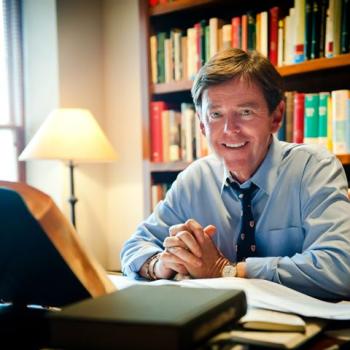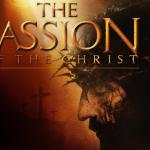The unmistakable boom of an indie bass can be heard coming from the Rock n Roll Hotel. The scent of seasoned mussels and fresh-baked sour cherry pie emanates from either side of the street. Cursing the long-awaited street car, residents artfully dodge taxicabs and speeding bikers to get around the plaid-clad, bespectacled foodies waiting patiently outside of Taylor Gourmet and H & Pizza, eager to devour their fried risotto balls or custom-made soy cheese slices.
Walking along H St. NE in Washington, D.C. is a therapeutic exercise in cognitive function and repair. Every few weeks, previously boarded-up storefronts transform into freshly painted establishments aimed at a new generation. What was a relic of the infamous “Dodge City” is the fast becoming the District’s foremost hipster haven. But as the neighborhood changes, once-cherished institutions are left hanging in the balance — the most prominent being the black church.
Today, the black church is in crisis, with scholars claiming that it has lost its prophetic and progressive influence. But the black church has also been confronted with a more visceral change: the shifting demographics around the urban black “space,” caused in part by people like me. In cities across America, a new population is moving to neighborhoods formerly occupied by working-class African Americans.
Property developers, eager to take advantage of the modest rent, are tearing down buildings to make way for trendy eateries and luxury condominiums to fit the needs of millennials: young, educated individuals, most of whom reside briefly in a given urban area before choosing to settle elsewhere.
Read the rest here















